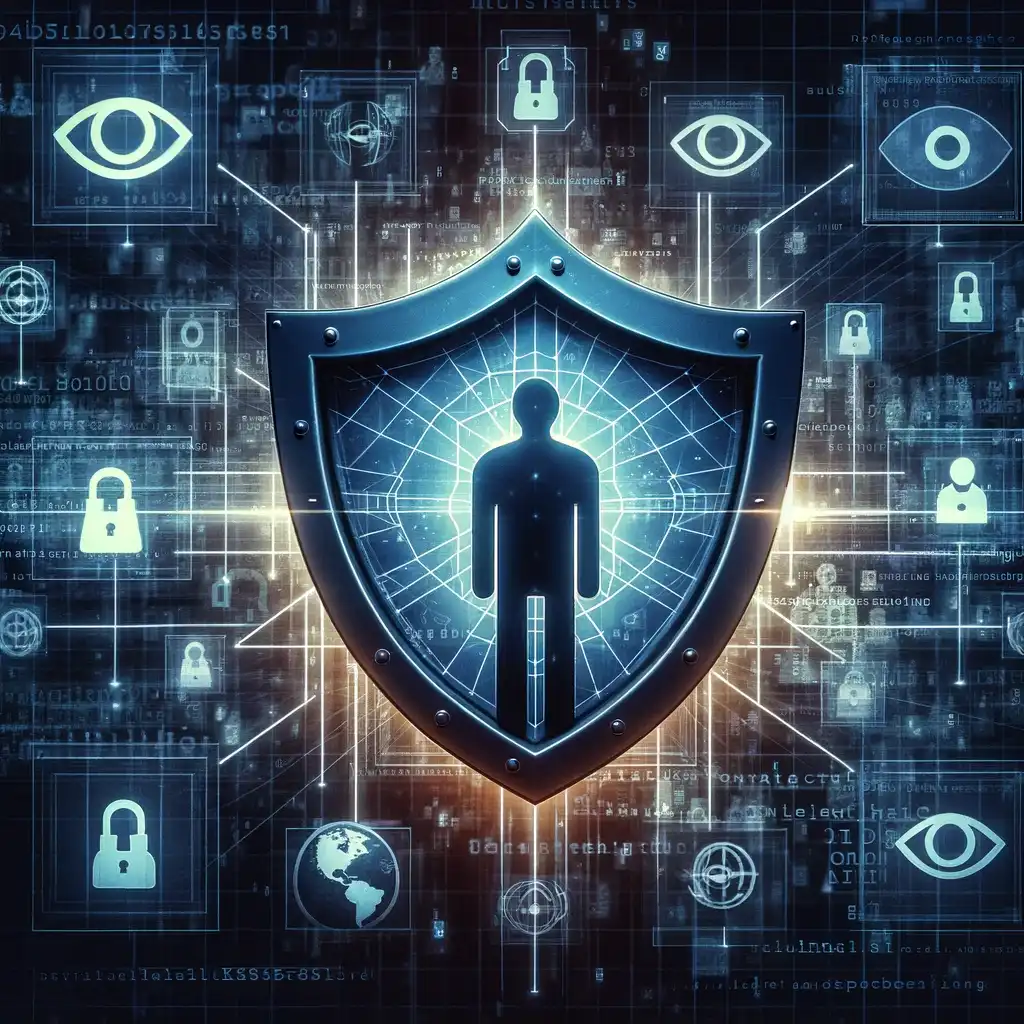Table of Contents
In an increasingly connected world, technology plays a pivotal role in enhancing personal safety. From smart devices to advanced apps, technology has introduced innovative solutions that help individuals protect themselves, their homes, and their communities. As technology continues to evolve, its applications in personal safety become more sophisticated, offering new ways to prevent crime, respond to emergencies, and ensure overall well-being.

Smartphone Safety Apps
Smartphone safety apps have revolutionized how individuals manage personal security. These apps offer a range of features designed to enhance safety in various situations. For example, many safety apps include real-time location tracking, allowing users to share their whereabouts with trusted contacts or emergency services. This feature is particularly valuable for individuals traveling alone or in unfamiliar areas.
Additionally, some apps provide emergency alert functions that enable users to quickly notify authorities or loved ones if they feel threatened. Features like panic buttons, voice-activated alerts, and automatic location sharing can be crucial in situations where immediate help is needed. These apps often come with additional functionalities, such as safety tips, emergency contact lists, and integration with local emergency services.
Wearable Technology
Wearable technology, such as smartwatches and fitness trackers, has become an essential tool for personal safety. Many of these devices are equipped with health-monitoring features that can detect irregularities such as sudden falls, abnormal heart rates, or other distress signals. When these irregularities are detected, the device can send alerts to emergency contacts or medical services, providing crucial information in case of a medical emergency.
Wearable devices often include GPS tracking capabilities, allowing users to share their location with family or friends. This feature is particularly useful for outdoor enthusiasts, parents of young children, or individuals with medical conditions who may need extra support. Wearable technology thus not only tracks health metrics but also contributes to overall safety by providing real-time information and emergency alerts.
Home Security Systems
Advancements in technology have significantly improved home security systems, making it easier to protect homes and families. Modern home security systems now integrate smart technology, offering features such as remote monitoring, real-time alerts, and automated responses. Smart cameras, motion detectors, and doorbell cameras allow homeowners to keep an eye on their property from anywhere using their smartphones.
These systems often come with features like facial recognition, which can identify and alert homeowners to unfamiliar individuals approaching their property. Integration with home automation systems allows for automated responses, such as locking doors or turning on lights in response to detected motion. This not only enhances security but also provides peace of mind to homeowners.

Personal Safety Devices
Personal safety devices, including panic alarms and personal GPS trackers, are valuable tools for enhancing individual safety. Panic alarms, which can be carried on a keychain or worn as a pendant, emit loud sounds when activated, drawing attention and potentially deterring attackers. These devices are designed to be easily accessible and quick to use in emergency situations.
Personal GPS trackers, on the other hand, offer continuous location tracking and can be used to monitor the whereabouts of children, elderly family members, or individuals in potentially risky situations. These trackers provide real-time location updates, ensuring that loved ones can be located quickly if needed. The ability to set geofencing alerts, which notify users when a tracked individual enters or leaves a designated area, adds an extra layer of safety.
Advanced Surveillance Technology
Advanced surveillance technology, including artificial intelligence (AI) and machine learning, has enhanced the capabilities of security systems. AI-powered surveillance systems can analyze video feeds in real-time, identifying potential threats and suspicious behaviors more effectively than traditional methods. For instance, these systems can recognize patterns indicative of criminal activity, such as loitering or unauthorized access, and alert security personnel or law enforcement.
Machine learning algorithms improve the accuracy of facial recognition technology, allowing for better identification of individuals in surveillance footage. This technology can be used in various settings, including public spaces, transportation hubs, and private properties, contributing to overall safety and security.
Emergency Response Technology
Emergency response technology has advanced significantly, improving the efficiency and effectiveness of emergency services. Modern technologies such as Geographic Information Systems (GIS) and advanced dispatch systems help emergency responders quickly locate and reach individuals in need of assistance. GIS technology provides detailed maps and real-time data, allowing responders to navigate efficiently and avoid obstacles.
Additionally, technologies like automated emergency alerts and communication systems enable rapid dissemination of critical information to the public. For example, in the event of natural disasters or public safety threats, emergency alert systems can send warnings and instructions to mobile devices, ensuring that individuals receive timely and accurate information.
Challenges and Considerations
While technology enhances personal safety, it also presents challenges and considerations. Privacy concerns arise with the collection and sharing of personal data, and there is a need for robust data protection measures. Additionally, reliance on technology can sometimes create vulnerabilities, such as the risk of hacking or technical failures. It is essential for users to stay informed about potential risks and take appropriate precautions, such as using strong passwords and keeping software updated.

Conclusion
Technology has made significant strides in enhancing personal safety, offering innovative solutions for individuals to protect themselves and their loved ones. From smartphone safety apps and wearable technology to advanced home security systems and emergency response technologies, the tools available today contribute to a safer and more secure environment. While challenges exist, the benefits of these technological advancements are substantial, providing individuals with greater control over their personal safety and well-being. Embracing these technologies, coupled with mindful usage and awareness, can lead to a more secure and connected world.
